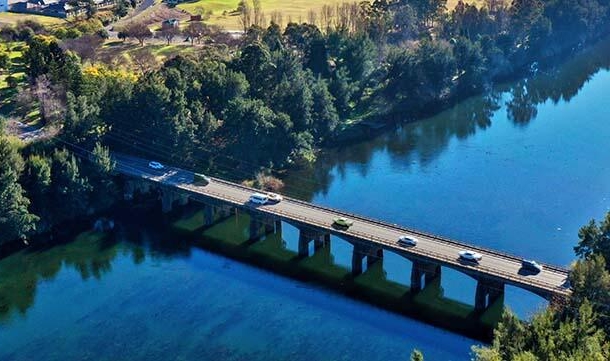In the realm of large-scale infrastructure projects, effective communication among diverse teams and with the community is paramount. During my tenure as a Senior Developer at Aurecon, I led the development of an advanced digital twin for the New Richmond Bridge and Traffic Improvements project. This tool integrated flood simulation data, acoustic measurements, and Virtual Reality (VR) capabilities, revolutionizing how engineers collaborated and how the community engaged with the project.
Project Overview
The New Richmond Bridge and Traffic Improvements project, jointly funded by the Australian and NSW Governments, aims to alleviate congestion and enhance connectivity between Richmond and North Richmond by constructing a new bridge over the Hawkesbury River.
Integrating Multidisciplinary Data
The project’s complexity required collaboration among various engineering disciplines, including civil, structural, and environmental engineers. To facilitate this, we developed a digital twin using Unreal Engine, integrating:
Flood Simulation Data: Given the Hawkesbury River’s flood history, incorporating flood simulation data was crucial. The digital twin allowed engineers to visualize flood scenarios, assess bridge resilience, and plan mitigation strategies.
Acoustic and Noise Level Measurements: Proximity of residential areas to the proposed bridge necessitated noise impact assessments. The tool enabled precise measurement of potential noise levels in decibels at specific locations, informing design decisions to minimize acoustic disturbances.
Enhancing Team Collaboration
By consolidating diverse datasets into a unified, interactive 3D model, the digital twin facilitated:
Improved Communication: Engineers could visualize and discuss design elements in real-time, leading to more informed decisions.
Efficient Problem-Solving: Potential issues were identified and addressed early, reducing delays and cost overruns.
Community Engagement through VR
Recognizing the importance of public involvement, we incorporated VR capabilities, allowing community members to:
Experience the Design: Navigate the proposed bridge and surrounding areas virtually, gaining a tangible understanding of the project’s impact.
Assess Environmental Factors: Visualize flood scenarios and hear simulated traffic noise levels, addressing concerns about environmental and acoustic impacts.
Provide Informed Feedback: Engage in consultations with a clear grasp of the project’s scope, leading to more constructive discussions.
Outcomes and Reflections
The digital twin proved instrumental in:
Streamlining Engineering Processes: Enhanced collaboration led to a more cohesive and efficient workflow.
Building Community Trust: Transparent communication and immersive experiences fostered public confidence and support.
This initiative underscores the transformative potential of integrating advanced visualization technologies in infrastructure projects, setting a new standard for stakeholder engagement and project delivery.
